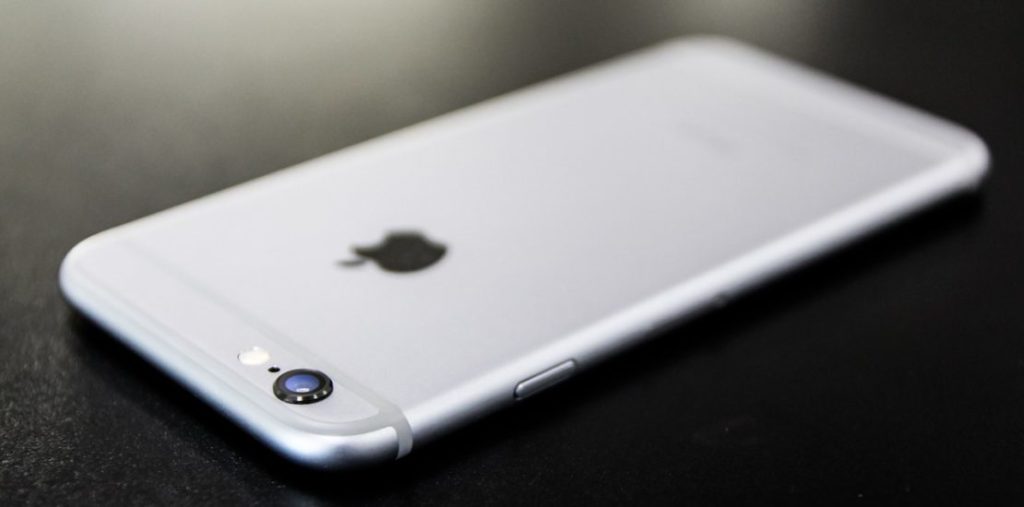Verification consultant Lauro Rizzatti says that if he’s correct in assuming Apple’s using hardware emulation in its verification flow, the iPhone 6 should be completely debugged and working perfectly.
Source: EETimes

While driving down University Avenue in Palo Alto one sunny morning recently, I caught a glimpse of an incongruous sight: a line of well-dressed professionals standing behind a white rope-line. I did a double-take and then looked beyond them into the sleek white Apple store. Of course, I thought, no other company, technology or otherwise, would command that kind of worshipful willingness to stand in line to get into a retail store. And only those who want bargains and a way out of family gatherings stand in line on Black Friday. Most of us purchase electronic devices online these days.
That scene popped into my head as I read a recent analyst report from Susquehanna International Group, a global investment, trading and technology firm. The analyst predicts strong demand for iPhone 6 smartphones. His research found iPhone production running at 60 to 65 million for the fourth quarter.
That’s an astonishing amount of iPhones and a testament to Apple’s marketing and branding efforts and its talented and innovative industrial designers. Even more awe-inspiring is the technical wizardry that’s the hallmark of all Apple products.
The Apple technical magic and the tools that enable it are kept cloaked in secrecy. Vendors do not disclose their relationship with Apple. It’s a safe bet, however, that a range of EDA tools following a strict and production-proven methodology and tool flow was employed to design the chips powering the iPhone 6.
And, why not? Apple’s technical team is among the best there is and should have the best commercially available tools. In that mix has to be hardware emulation, a flexible, versatile, and powerful verification tool that offers an accurate representation of the design before silicon is ready. It is able to uncover well-hidden bugs in complex embedded designs or in the hardware itself. These bugs are the bane of verification engineers, the cause of missed production schedules, and — in some cases — the cause of design respins. This latter case is not an option at Apple, no doubt. Shrinking its product development cycle, not extending it, has to be an objective, especially when the volume is so high.
The elegance and simplicity of all Apple chip designs suggests that hardware emulation is the foundation for the iPhone 6’s verification strategy, but don’t hold me to my theory. The chip design in the iPhone 6 must have at least 100 million logic gates, a size that would crush an RTL simulator. Hardware emulation can manage designs of several hundred million gates, even one billion gates. It also can process several billions of cycles, as required for booting an operating system or executing application programs, in hours or a day — well ahead of silicon availability.
Power consumption is a big consideration for the iPhone 6, and hardware emulation running billions of cycles of real stimulus can identify the hot spots where too much power is being consumed. While Apple may be at the forefront of all things pertaining to electronic devices, I might offer a bit of advice to its engineering team. Emulation design datacenters filled with emulation enterprise servers are popping up at some of the largest electronics companies around. They are used as remote resources for R&D groups residing all around the globe and can support concurrent users simultaneously from far-flung locales. A key feature is the ability to handle large and small designs in any combination, or large designs in excess of a billion gates.
If the analyst at Susquehanna International Group is correct, the lines in front of the Apple store on University and elsewhere should be pretty long and getting longer. The iPhone 6 will be an elegant electronic device. And if I’m right in assuming Apple is using hardware emulation in its verification flow, the iPhone 6 should be completely debugged and working perfectly.
Lauro Rizzatti is a verification consultant. He was formerly general manager of EVE-USA and its vice president of marketing before Synopsys’ acquisition of EVE. Previously, Lauro held positions in management, product marketing, technical marketing, and engineering. He can be reached at lauro@rizzatti.com.